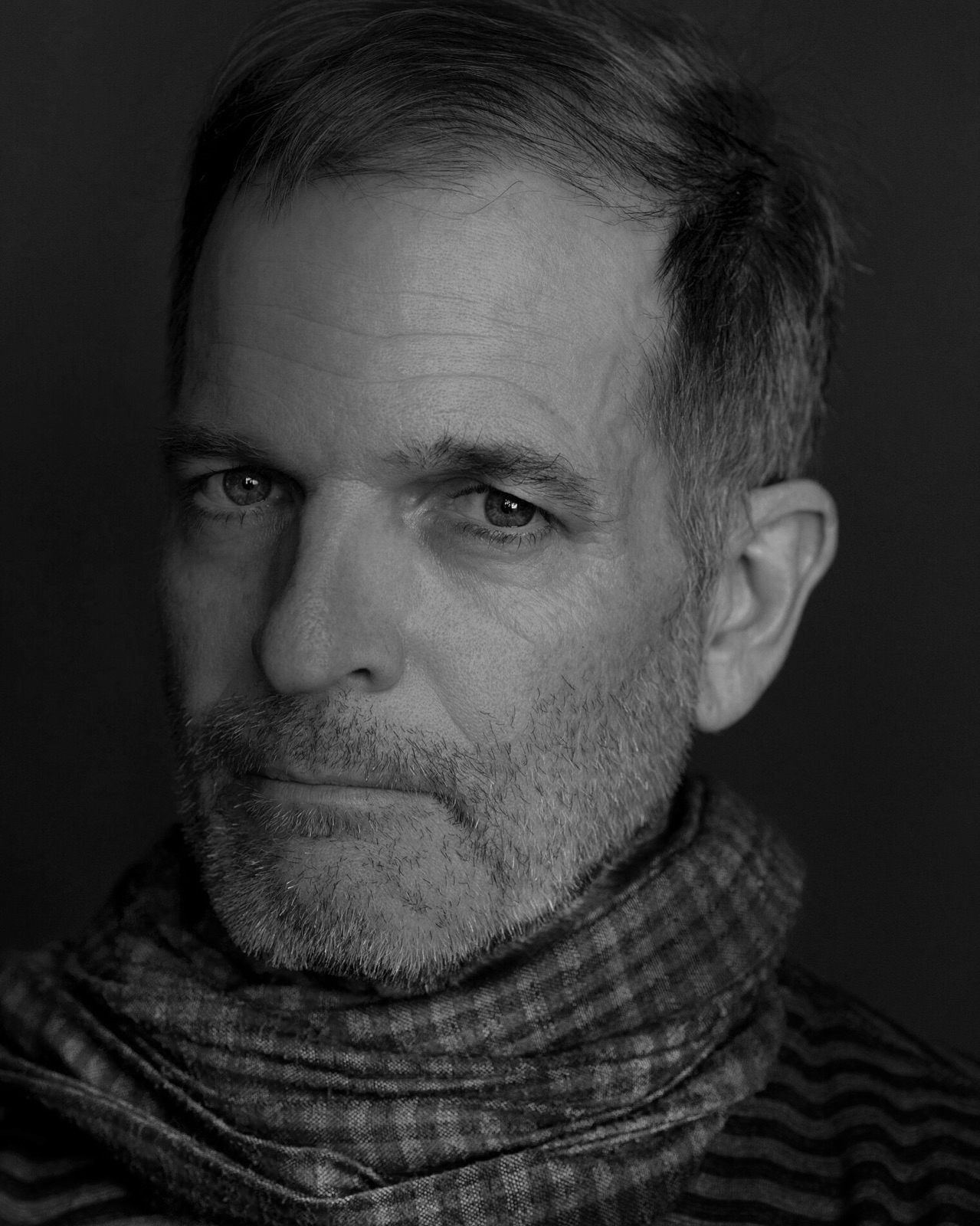John Trotter
A native of Missouri, I worked as a newspaper photojournalist for fourteen years, on stories large and small, local and international. I photographed people and events ranging from local high school athletes to national political conventions and documented the United States’ military interventions in Panama, Haiti and Somalia.
Then, on a spring day in 1997, while photographing locally for The Sacramento Bee, a gang of a half-dozen angry young men accosted me, demanding my film. I was summarily beaten, kicked and stomped, left for dead, bleeding on a sidewalk in front of a group of horrified children. I remember almost none of it.
I began to re-surface in the next weeks, and found myself residing at Sierra Gates, a quiet, pine-paneled brain injury treatment residence. I was unclear how I arrived there or even why I was there at all. Over the next 2 1/2 months I took the first unsteady steps I needed to rebuild my life, which would include re-learning how to walk and re-learning how to remember.Six months after my release from Sierra Gates, as an exercise with my speech therapist, I decided to return there to photograph. Having been attacked because I was a photographer, I needed to learn how to be a photographer once again, and to understand why my life had become so different. As the criminal justice process unfolded over the next two years, I continued to photograph at Sierra Gates until I could no longer emotionally bear it. But it was through this act of fixing images of my experiences outside my injured brain that I learned to place myself once again in time.
I didn’t know what to do with these pictures at first, but with the help of friends I was invited to a printing/editing residency at Light Work and eventually to exhibitions at festivals and galleries in France, Germany and the U.S. After much cognitive and psychological work, I plan to finally publish a book of the pictures, The Burden of Memory, next year.
In Mexico, on March 24, 2001, the fourth anniversary of my attack, I took my first pictures for what has become an ongoing project about the massive human alteration of the Colorado River, which no longer makes its ancient rendezvous with the sea. I didn’t know at the time my timing coincided with the beginning of the longest known drought in the river’s vast watershed in at least 1200 years.
The work in progress has been published and exhibited in the U.S., Europe and Asia, most recently at the L’oeil Urbain photo festival in France, alongside William Klein.
In 2017, after two decades alone, I joined with a group of photographers and other creatives to form a Brussels-based collective agency, MAPS, to collaborate with each other on projects.

